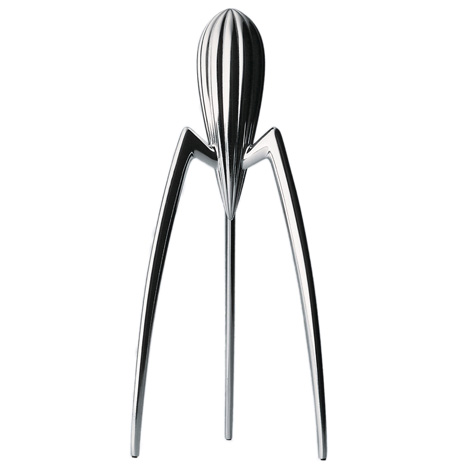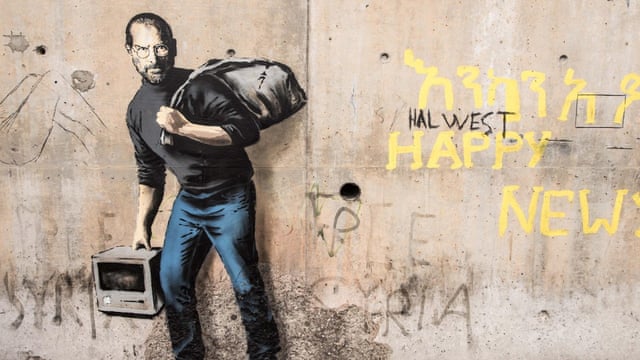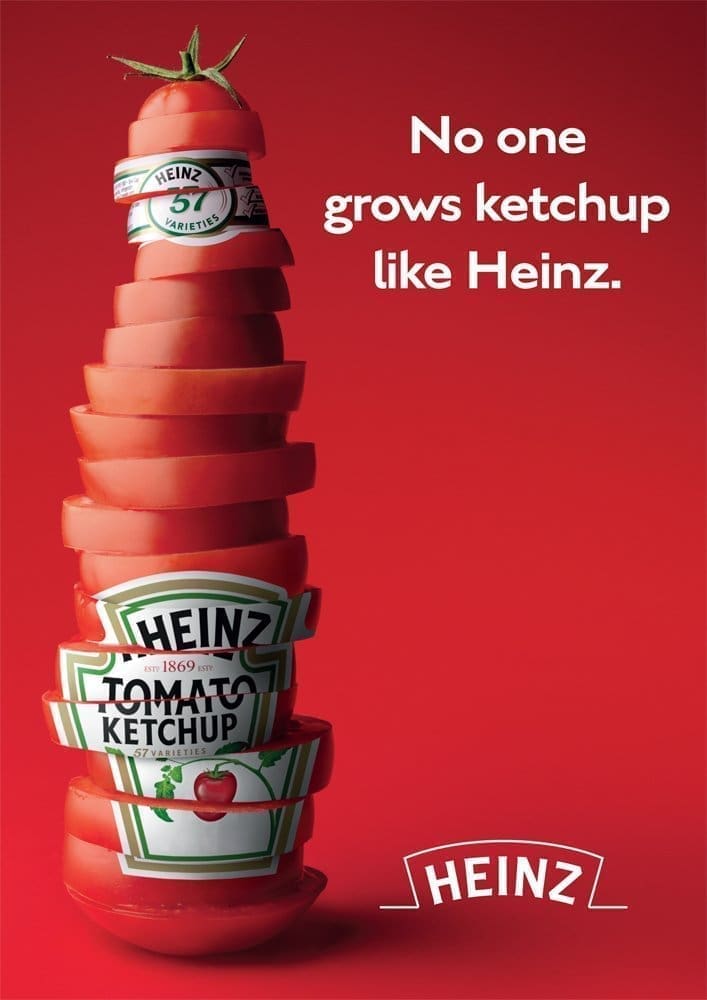Early designers = draughtsmen, engineers = related to specific product areas = conceive a product, to define its function function, materials, means of assembly, cost etc. and to communicate these to the people in manufacture process. In the early consumer goods industries - ceramics, textiles, furniture - copying rather than the creation of new models and forms was often the norm. Design was much about adapting pattern book decorations to the surfaces in order to render them stylish and fashionable.
19th century.
In the early 19th century, design continued to be associated with surface decoration and the use of historical styles. In Britain students were train to draw, so they could apply their talents in the context of manufacture. At this time design was seen as the answer to Britain's need to compete with France in the area of trade by raising the aesthetic level of British goods.
The Great exhibition was a testimony to to the progress made by British industry over the previous century and a mark of the importance of style and decoration in the goods it produced. It was turning point for British design, as it stimulated the development of the design reform movement. John Ruskin. William Morris, and the latter followers of what came to be called the
ARTS AND CRAFTS MOVEMENT saw what they considered the stylistic excesses of the Great Exhibition as a symptom of the overt materialism and conspicuous consumption of Victorian society.
20th century.
The ideas and ideals of the Arts and Movement had profound effect on 20th-century European design: the apparent democratisation of design seemed to express the spirit of the new century. Designers and craftsmen collaborated to produce goods that, in the early years, were characterised by simplicity and geometrical austerity. European designers were looking for new ways of expression that were appropriate to life in the 20th century, the trend was towards a new functional purism (
FUNCTIONALISM) and away from the self-representation and display associated with the previous century. While in Europe the emphasis was primarily on the mass manufacture of the products of traditional decorative art industries, in the USA it was on goods that had more technological bias: guns, sewing machines, bicycles, etc. By the turn of the century the American system of mass production had been perfected. Ford's T Model (1913) was the symbol of the standardised product.
The rigorous methods embraced by Ford led to a crisis in the 1920s because his idea of continuous, standardised manufacture
failed to take into account the psychological needs of the consumers who, in more prosperous times, wanted novelty and style. Awareness of the consumer's psychological relationship with product, enhanced by advertising, was crucial to the role of design in manufacture in the 20th century: that of ensuring that goods meet not only the demands of mass manufacture but, perhaps even more importantly, those of mass consumption.
While the Americans were involved with the programme of industrial design and mass production, designers in Europe during the inter-war years continued to be more interested in the metaphorical and aesthetic implications of contemporary life and in evolving objects that were appropriate to it.
Designers in such countries as Germany, the Netherlands, France, Austria, Russia and elsewhere had, by the end of World War I, all developed an
avart-garde approach set within a framework of fine art and architectural modern ideals.
The
BAUHAUS set out encourage young designers to create form out of abstract principles that were in tune with the modern age technology and mass production. The BAUHAUS set a tone that dominated the philosophy of design until 1960s. During 1930s many of the
MODERN MOVEMENT protagonists left Europe when the Bauhaus was forced to close by the Nazi authorities. They eventually settled in the USAm where they disseminated Bauhaus design.
The greater spread of mass consumption, however, meant that the clash between pragmatism and idealism in design reached its peak in the 1960s.
POST-MODERNISM succeeded
MODERNISM as a dominant cultural force, and design, along with other cultural forms, entered a period of self-criticism and revision.
The shifts in the aesthetic and meaning of design in the 1960s were sign of the high level of penetration by design into society and culture as a whole. By the 1980s design had become part of daily life, discussed in mass publication magazines and exhibition spaces. Design had also become part of popular language: such phenomena as 'designers' jeans, 'designer' vacuum cleaners and even 'designer' lemon squeezers acknowledged that the most potent meaning of the word was that of 'added value' in the form of style -
an indefinable quality that made things not only useful but also more desirable, albeit in a somewhat intangible way.
Idealism and pragmatism had finally come together in a synthetic definition that had mass appeal.


















































